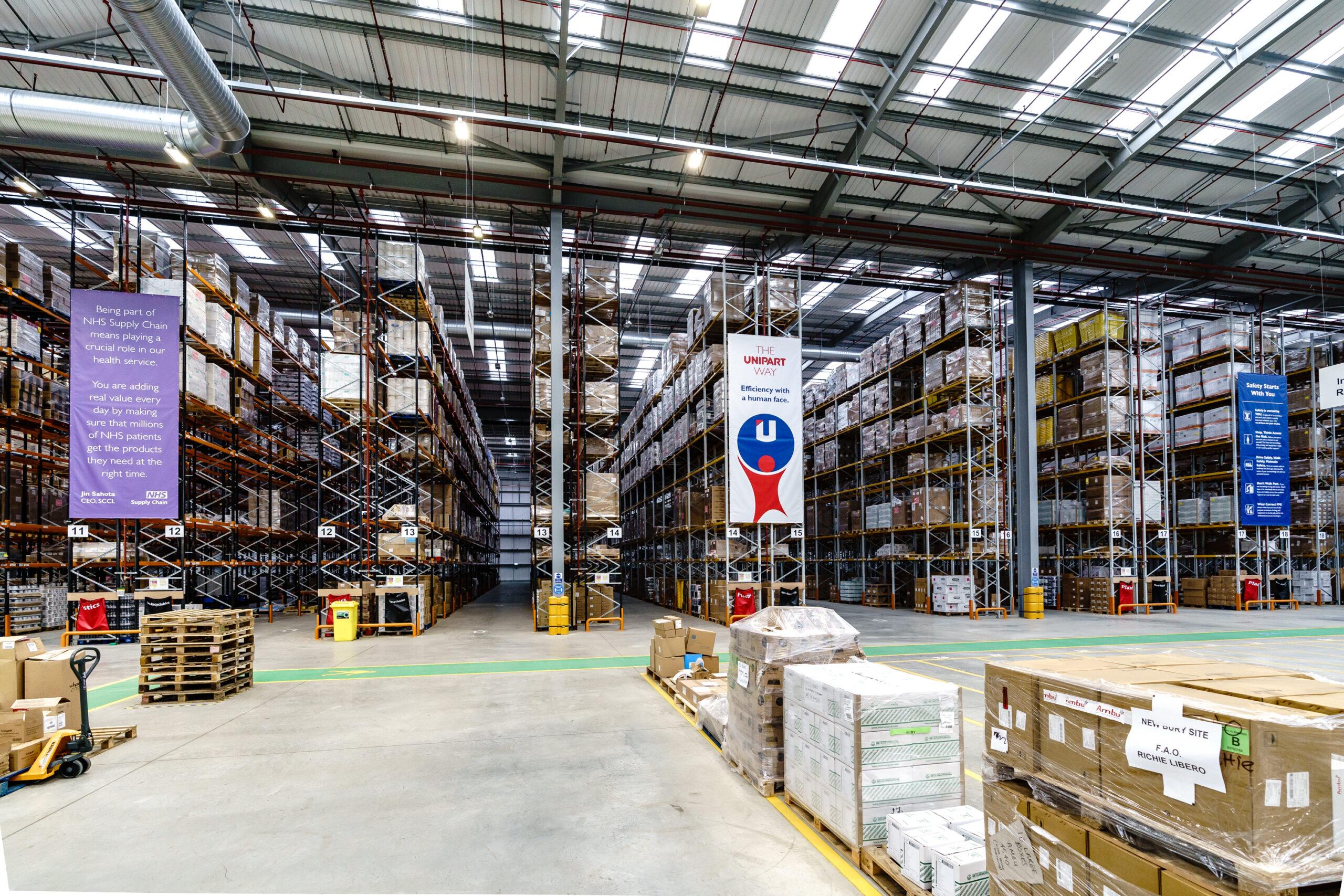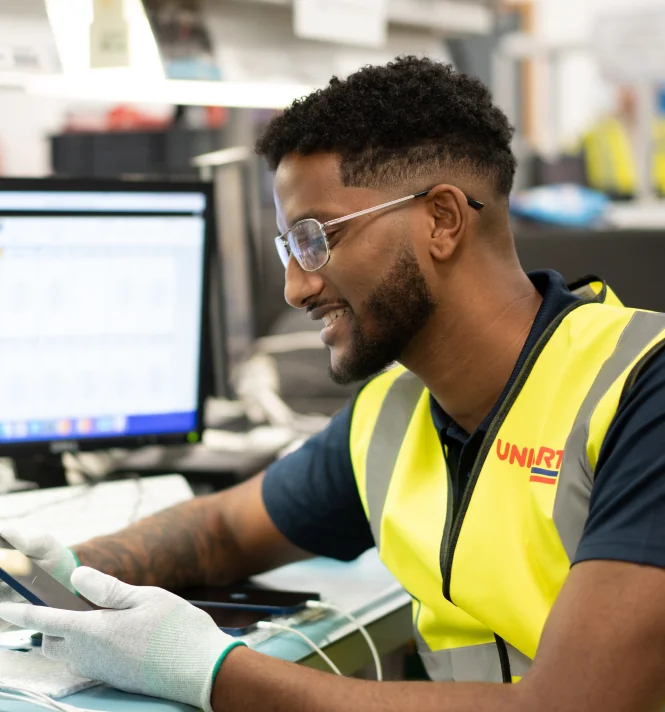
Shedding light on the drive to becoming carbon neutral by 2030
8th June 2021 | 3 min read

The Challenge
Reducing lighting use, cutting energy costs and lowering carbon emissions
According to a report by the Carbon Trust, lighting is the number one consumer of energy in a typical warehouse – accounting for between 65-95% of the total.
Reducing lighting use, cutting energy costs and lowering carbon emissions can all be achieved by swapping traditional lighting – such as incandescent or halogen bulbs – for LEDs, which are more eco-friendly. Often, it’s a win-win situation because taking steps to look after the environment can also produce long-term financial gains. LEDs are a better alternative to traditional lighting solutions because they have a relatively low voltage and high output, meaning they take less energy to produce the same amount of light. Unlike halogen and incandescent bulbs, they don’t waste energy converting it to heat.
Unipart is working with the Carbon Trust to become carbon neutral for all our own operations by 2030. We are future proofing our warehouses with digital technology to reduce energy consumption and installing energy efficient lighting wherever possible. We are also committed to using 100% renewable energy and investing in technology that allows us to produce this on-site.




